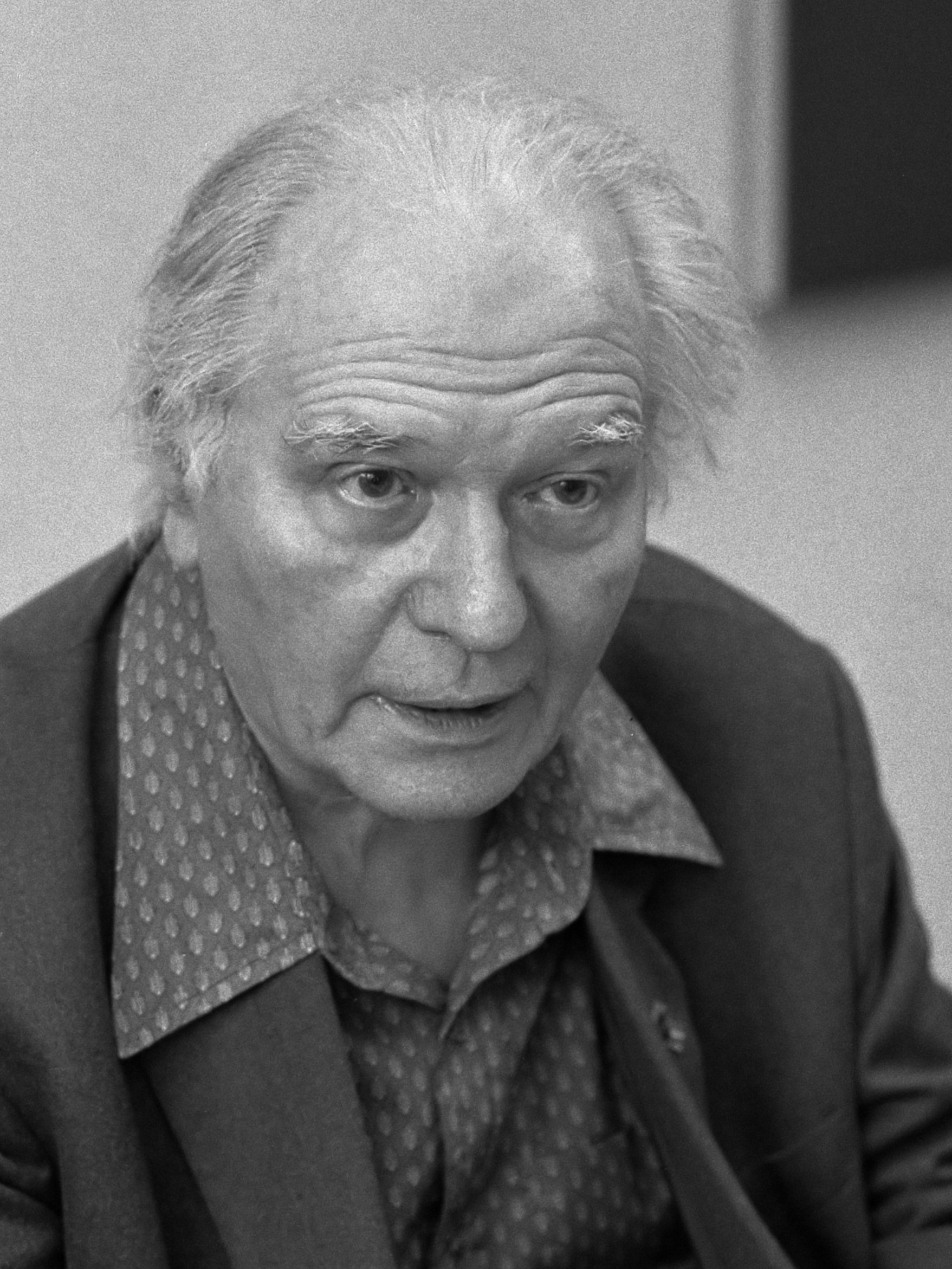Today marks the thirtieth anniversary of the death of French composer Olivier Messiaen.
Today marks the thirtieth anniversary of the death of Olivier Messiaen (Avignon, 10 December 1908-Paris, 27 April 1992). He was one of the most important, influential and personal French composers of the 20th century, in whose work he sought to capture both the beauty of nature and the spirituality of Roman Catholic mysticism. The style he created in a compositional career that spanned more than six decades drew on everything from birdsong – he is said to have included the songs of more than 250 species in his pieces – to Indian and Balinese rhythmic modes, as well as the more conventional forms of Western chromaticism and serial techniques.
However, while the more extreme avant-garde – among them some of Messiaen’s disciples and followers, such as Pierre Boulez, Iannis Xenakis and Karlheinz Stockhausen – chose to continue along the dodecaphonic and serialist path, Messiaen deviated from it, seeking to communicate in his works a sense of music for all his listeners, a proselytism stemming from his religiosity as a true believer.
Thus, Messiaen, after having been in a certain sense one of its precursors, distanced himself from the avant-garde of the 20th century, without, however, disavowing it or being disavowed by it. It is true that he continued to include serial passages in his compositions, but as a means of expressing certain situations: for example, to express the gap between the human and the divine, or the dissonance introduced by sin into the relations between human beings and between them and the natural environment.
He did, however, develop other original compositional techniques. He produced music in which he organised the tempo with palindromic rhythms that can be read in the score either from left to right or from right to left. This is to give the idea of time flowing in both directions: God’s time.
Among his works, Apparition de l’Eglise Eternelle (1932) and Nativite du Seigneur (1935) are central pieces in the contemporary organ repertoire, while some of his piano works, notably the Vingt Regards sur l’Enfant Jesus (1944) and the Catalogue d’Oiseaux (1959), demand imagination from pianists, to achieve the music’s combination of spirituality and pictorialism.
Messaien’s orchestral works, such as L’Ascension (1933), the monumental Turangalila Symphony (1949), Et exspecto resurrectionem mortuorum
(1965) and Des Canyons aux Etoiles (1974), inspired by nature, are on a grand scale and full of innovative instrumental combinations, beyond the normal limits of contemporary musical language. To these pieces must be added his only opera, the five-hour St. Francis of Assisi, premiered in 1983.
His last large-scale work, a ninety-minute orchestral piece, Eclairs sur l’Au-Dela [Lightning in the Beyond], commissioned by the New York Philharmonic to commemorate its one hundred and fiftieth anniversary, was premiered six months after its composer’s death.
Although Messiaen gravitated towards increasingly complex structures in the last decades of his life, his best-known and most frequently performed work is a chamber piece, the Quartet for the End of Time, composed in 1940, while he was a prisoner in the German POW camp at Görlitz. With the ramshackle instruments available to him there – violin, clarinet, cello and piano – he created a work depicting the Apocalypse. The work, with Messiaen himself at the piano, was premiered outdoors, in the rain, on a cold 15 January 1941, to an audience of four hundred prisoners and guards. Messiaen would recall years later, however, that “I have never been listened to with such deep attention and understanding”.
© Photo by Rob C. Croes / Anefo, downloaded from Wikipedia.
